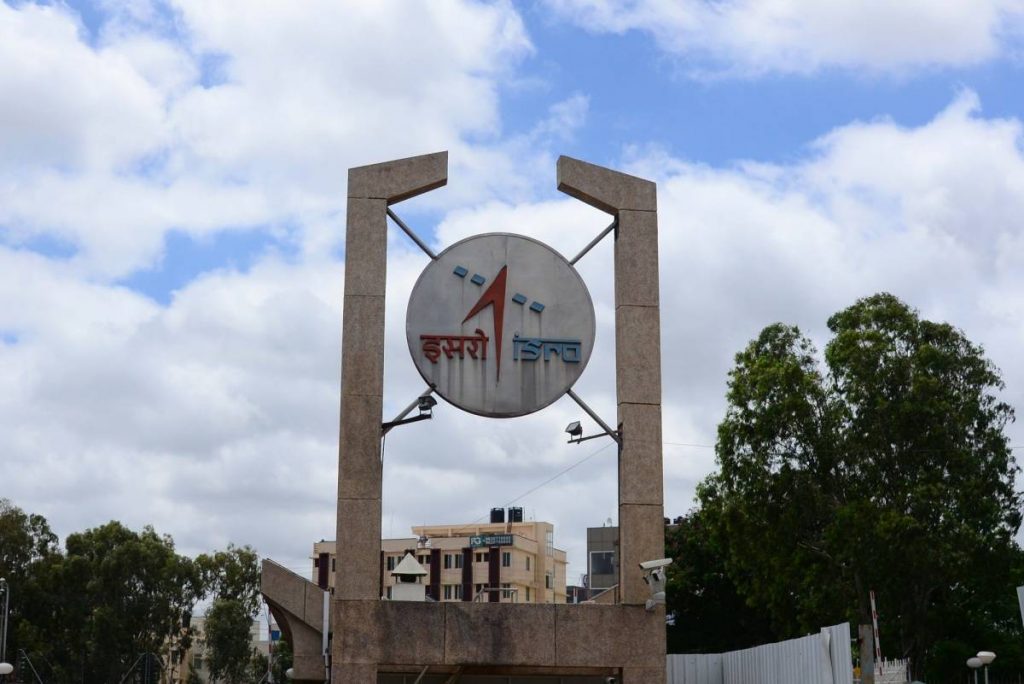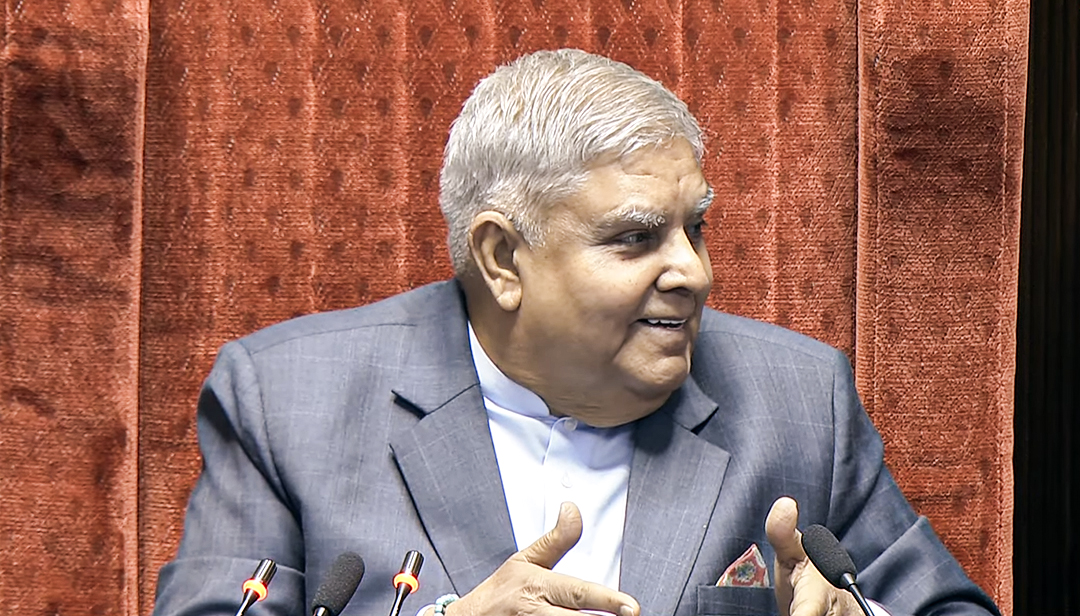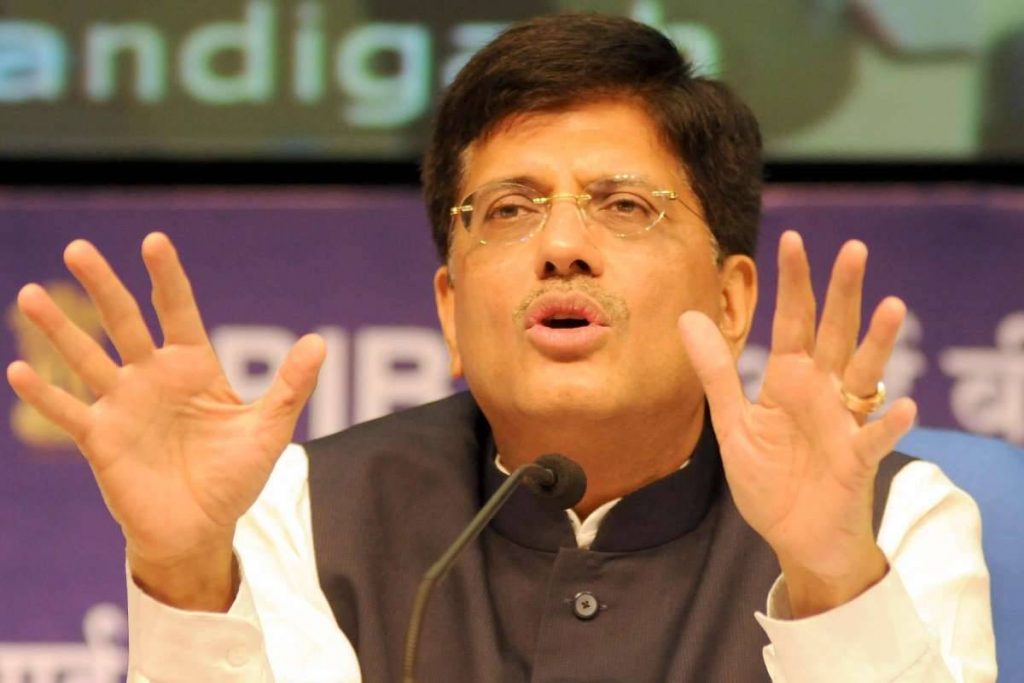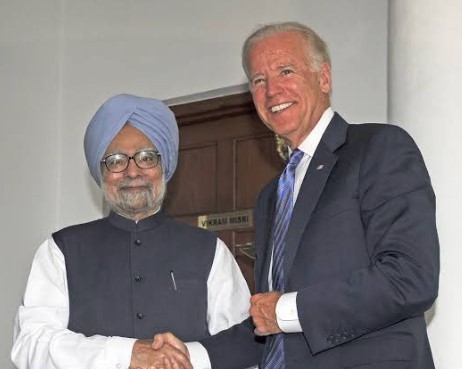Gaganyaan is the name for India’s human space mission….reports Asian Lite News
Indian space agency ISRO said on Saturday that it has successfully conducted the first hot test of the System Demonstration Model of the Gaganyaan Service Module Propulsion System.
According to the Indian Space Research Organisation (ISRO), the hot test was conducted for a duration of 450 seconds at the ISRO Propulsion Complex (IPRC) in Mahendragiri, Tamil Nadu.
Gaganyaan is the name for India’s human space mission.
“The system performance met the test objectives and there was a close match with the pre-test predictions. Further, a series of hot tests are planned to simulate various mission conditions as well as off-nominal conditions,” ISRO said.
The Service Module is part of the Gaganyaan Orbital Module and is located below the crew module and remains connected to it until re-entry.
The Service Module Propulsion System consists of a unified bipropellant system comprising five 440 N thrust engines and 16 100 N Reaction Control system (RCS) thrusters with MON-3 (mixed oxides of nitrogen) and MMH (mono methyl hydrazine) as oxidizer and fuel, respectively.
The System Demonstration Model, consisting of five 440 N engines and eight 100 N thrusters, was realised to qualify the propulsion system performance on ground.
A new test facility has been established at IPRC, Mahendragiri, for testing System Demonstration Model.

ISRO to test solid fuel engine for small rocket
The Indian space agency is gearing up to test the solid fuel motor of its small rocket under development, said a senior official.
The official also said the space agency is planning to fly the small rocket — Small Satellite Launch Vehicle (SSLV) — before the end of this year itself with an Indian earth observation satellite.
The SSLV is being designed to have a carrying capacity of about 500kg targeting the small satellite launch market.
As a matter of fact, Indian Space Research Organisation (ISRO) is getting orders from foreign parties to launch small satellites.
The first static test of SSLV’s solid fuel motor was unsuccessful as there were some issues with the engine’s nozzle.
An official had earlier told IANS that the second test will be with the engine that was kept for the rocket. A new first stage engine for the rocket has to be built.
The other two stages/engines for the proposed SSLV have been tested earlier, an ISRO official had said.
The 34 metre tall with a lift off mass of 120 ton, the SSLV is a three staged/engine rocket all powered by solid fuel.
Currently the Indian space agency loads the small satellites as piggyback luggage to its bigger satellite launched with its rocket — Polar Satellite Launch Vehicle (PSLV).
The ISRO at times also gets orders to launch bigger satellites for which it uses one of the PSLV variants.
India presently has three fully operational rockets — the four stage/engine PSLV and its variants and two GSLV variants — GSLV-Mk II with a carrying capacity of 2.5 tonnes and GSLV-MkIII with a payload capacity of four ton.
The GSLV is a three stage/engine rocket. The core of the first stage is fired with solid fuel and the strap-on motors by liquid fuel. The second is the liquid fuel and the third is the cryogenic engine developed indigenously. (includes report from Venkatachari Jagannathan)










